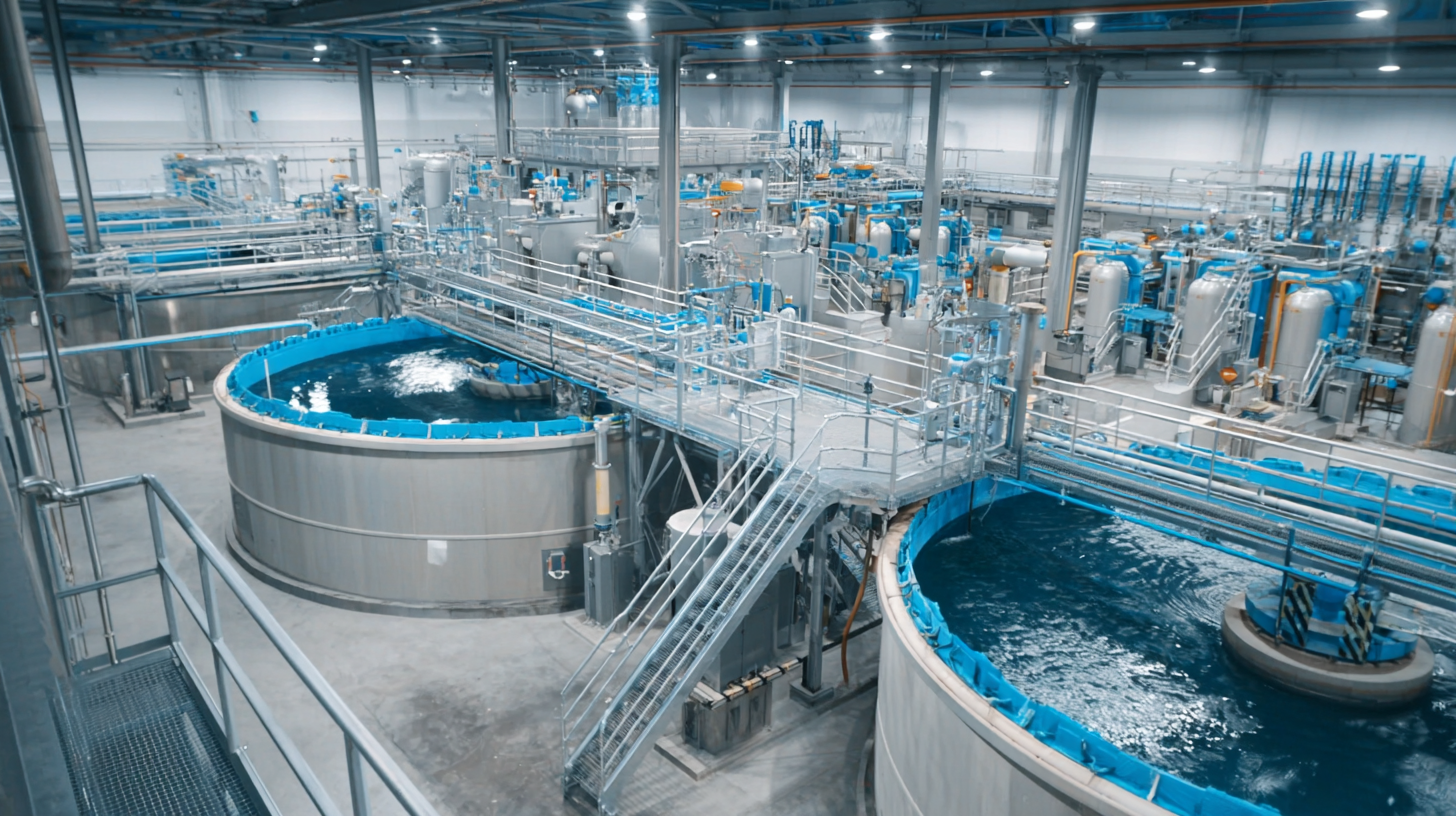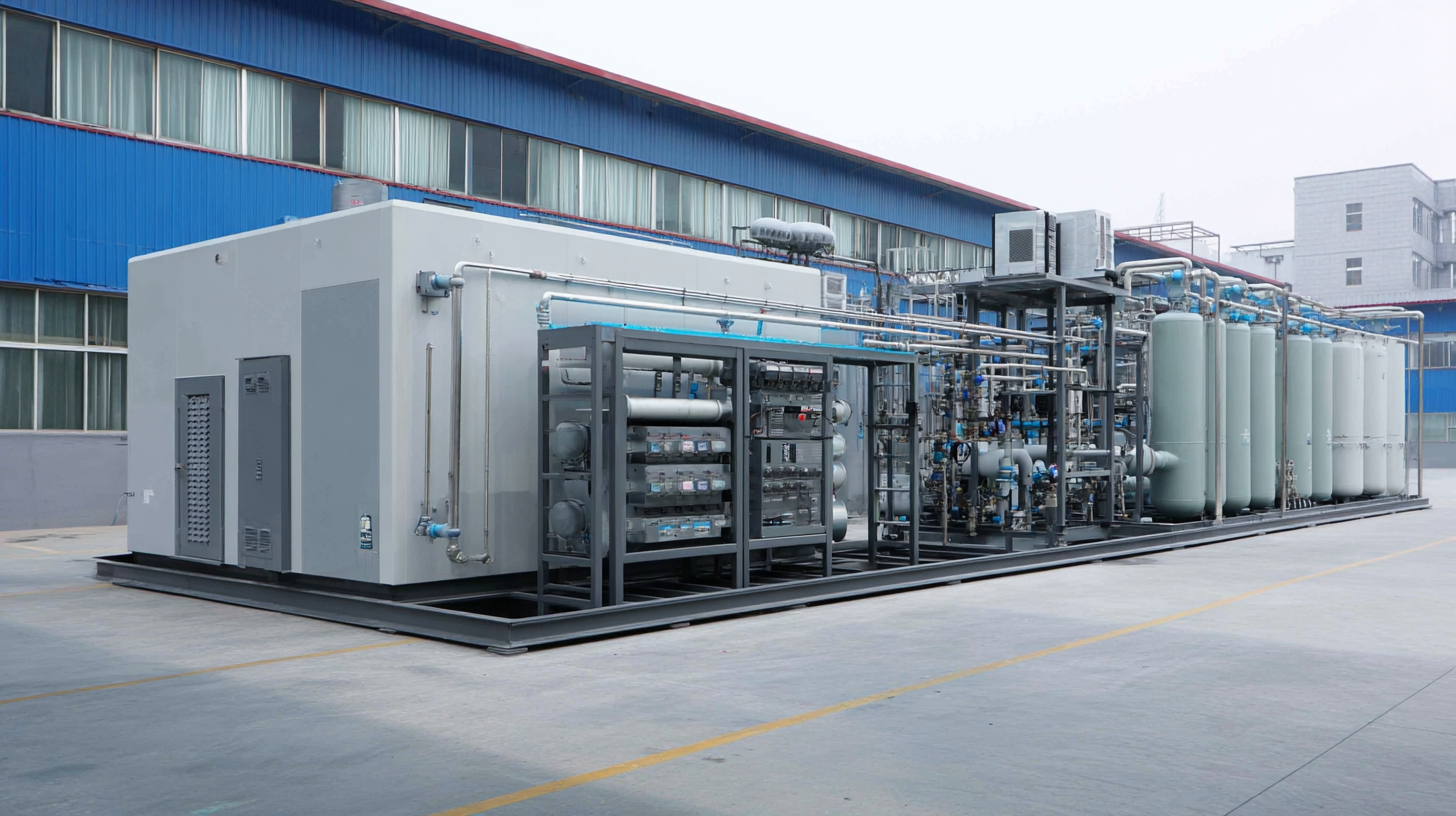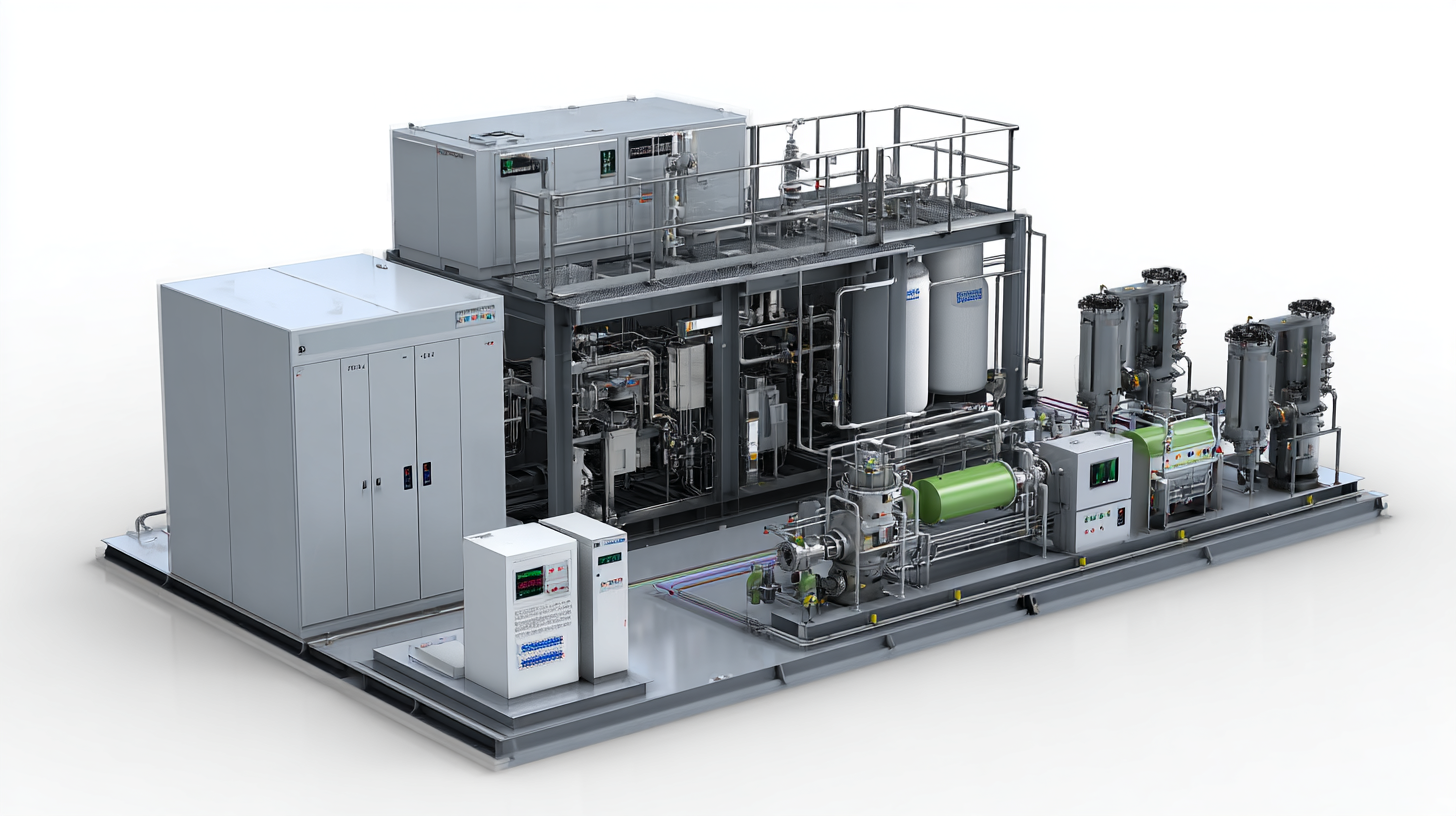The Wastewater Treatment Industry is undergoing significant transformations as technological advancements shape the future of water management. According to the Global Water Intelligence report, the market for wastewater treatment is projected to grow to $500 billion by 2025, driven by increasing regulatory pressures and the need for sustainable water solutions. With a strategic focus on innovation, industry leaders are implementing high-efficiency processes and advanced treatment technologies to meet these demands, while also addressing the rising challenges of environmental sustainability.

This blog will delve into comprehensive technical specifications of leading wastewater treatment solutions, highlighting the trends and technologies that are set to dominate the Wastewater Treatment Industry in the coming years. As we approach 2025, understanding these developments is crucial for stakeholders aiming to enhance operational efficiency and compliance with evolving standards.
In the rapidly evolving wastewater treatment industry, understanding the effectiveness of leading technologies is crucial for achieving sustainable water management. From activated sludge processes to membrane bioreactors, each technology offers unique benefits tailored to varying wastewater characteristics. For instance, advanced oxidation processes are effective in breaking down complex pollutants, while biofilms in trickling filters enhance the natural removal of contaminants.
**Tip:** When selecting a wastewater treatment technology, consider the specific characteristics of your wastewater. Conduct thorough analysis to ensure optimal processing efficiency and regulatory compliance.
Moreover, integration of newer technologies like nutrient recovery and energy generation from sludge is gaining traction. These innovations not only improve treatment efficiency but also contribute to a circular economy model by transforming waste into valuable resources. Implementing such advanced solutions can significantly reduce environmental impact while offering economic advantages.
**Tip:** Stay updated with industry trends and emerging technologies. Regularly attend workshops and seminars to learn about best practices, which can help in refining your treatment processes and maximizing results.

In exploring the key factors influencing wastewater treatment efficiency, several recent studies shine a light on the intricate dynamics that govern treatment processes. For instance, the core bacterial community structure in activated sludge from pharmaceutical wastewater treatment plants plays a pivotal role in the biodegradation of high organic pollutant concentrations typical of such effluents. Understanding these microbial interactions enables operators to optimize biological treatment processes, enhancing overall efficiency.
Moreover, technological advancements are addressing the energy efficiency of treatment facilities. Machine learning applications, coupled with indicators like kWh/kg TOD, have demonstrated high predictive accuracy in forecasting energy consumption in Chinese wastewater treatment plants. This predictive capability allows for better management strategies, ultimately reducing operational costs and environmental impacts. Additionally, innovative resource recovery methods, such as microalgal systems, not only treat wastewater effectively by removing nitrogen, phosphorus, and other pollutants but also valorize biomass, presenting a sustainable approach to managing wastewater in various industrial contexts.
This chart displays the efficiency percentages of various wastewater treatment methods. The biological treatment leads with 85% efficiency, while physical and chemical treatments follow at 75% and 70%, respectively. Membrane filtration achieves 90% efficiency, and advanced oxidation processes also maintain a strong performance at 80% efficiency.
In the rapidly evolving landscape of wastewater treatment, advanced systems are essential for effectively managing pollutants while promoting sustainability. Recent innovations, such as energy-positive solutions through enhanced primary treatment configurations, are at the forefront, achieving significant solids separation and maximizing resource recovery. A notable report indicates that optimizing these configurations can reduce energy consumption by up to 30%, paving the way for smarter municipal wastewater management.
Moreover, the evolution of dissolved organic matter (DOM) within treatment processes like the A/A/O configuration reveals critical insights into the effectiveness of wastewater management. Using techniques such as size exclusion chromatography and nonnegative matrix factorization analysis, researchers have documented substantial variations in molecular weight and spectral features. These findings highlight the importance of monitoring DOM to enhance treatment efficiency and environmental safeguarding.
**Tip:** Implementing metagenomics can significantly improve biological wastewater treatment. By understanding microbial community dynamics, facilities can tailor processes for better pollutant transformation, ensuring compliance with stringent discharge regulations. Another effective strategy is integrating advanced oxidation processes—such as potassium permanganate-based treatments—known for their ability to decontaminate wastewater while minimizing toxic byproducts. Utilizing these advanced techniques not only streamlines treatment processes but also contributes to a sustainable future in water management.
| Component | Specification | Efficiency | Energy Consumption (kWh/m³) | Maintenance Frequency |
|---|---|---|---|---|
| Pre-treatment | Screening and Grit Removal | 90% | 0.05 | Monthly |
| Biological Treatment | Activated Sludge Process | 95% | 0.12 | Weekly |
| Secondary Treatment | Membrane Bioreactor (MBR) | 97% | 0.15 | Monthly |
| Tertiary Treatment | Filtration and Disinfection | 99% | 0.03 | Quarterly |
| Sludge Management | Anaerobic Digestion | 85% | 0.10 | Biannually |
As the global demand for efficient wastewater treatment solutions continues to rise, various technologies have emerged to address pollution challenges. According to a report by Research and Markets, the global wastewater treatment market is projected to reach $500 billion by 2026, reflecting a compound annual growth rate (CAGR) of 5.3%. This growth is driven by increasing government regulations and the need for sustainable practices in industrial and municipal sectors. A comparative review of leading solutions reveals that advanced membrane bioreactors (MBR) are gaining traction due to their efficiency in solids separation and robustness in varying feed quality, with energy consumption reported to be 30% lower than traditional activated sludge processes.
Furthermore, integrated fixed-film activated sludge (IFAS) systems are proving their worth by combining the benefits of both activated sludge and biofilm processes. Data indicates that these systems can achieve a 20% increase in treatment capacity while reducing the footprint by approximately 40%. Companies that adopt such innovative solutions are not only improving effluent quality but also enhancing operational efficiency. In an era where water scarcity is a pressing concern, these advancements signal a shift towards more sustainable and effective wastewater management practices across the globe.
The future of wastewater treatment technologies is poised for transformative advancements driven by innovative practices and stringent environmental regulations. As the market for primary water and wastewater treatment equipment is expected to grow from $83.45 billion in 2023 to approximately $132.18 billion by 2032, companies are focusing on sustainability and efficiency. Innovations such as high-performance membrane materials and advanced bioreactor systems are emerging as key players in this industry, promising more effective and eco-friendly wastewater management solutions.

Tips: To stay ahead in this evolving landscape, organizations should explore collaborative partnerships and invest in research to develop cutting-edge technologies. Embracing data analytics can also enhance operational efficiency in wastewater treatment processes.
Moreover, with government regulations tightening regarding wastewater discharge, the demand for effective recovery systems, particularly in the food and beverage sector, is witnessing significant growth. Understanding the implications of these trends will be crucial for businesses looking to navigate the challenges and opportunities in the wastewater management sector.
Tips: Regularly evaluate the latest technological developments and invest in employee training to maximize the potential of new systems. Staying informed on regulatory changes will also help in aligning business strategies with sustainable practices.
